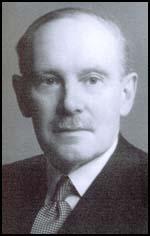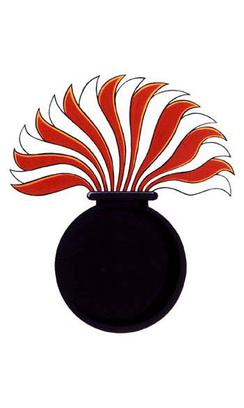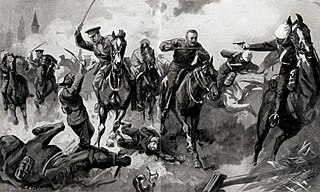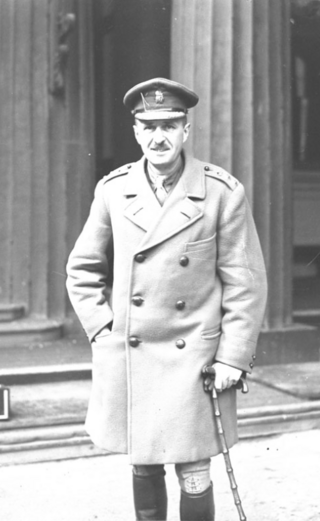
Major General Sir Stewart Graham Menzies, was Chief of MI6, the British Secret Intelligence Service (SIS), from 1939 to 1952, during and after the Second World War.

Sir James Alan Noel Barlow, 2nd Baronet was a British civil servant and collector of Islamic and Chinese art. He was Principal Private Secretary to Ramsay MacDonald, 1933–1934, and later Under-secretary at HM Treasury.

The Argyll and Sutherland Highlanders of Canada (Princess Louise's), or A & SH of C, is a Primary Reserve Highland infantry regiment of the Canadian Armed Forces, based at John W. Foote VC Armoury in Hamilton, Ontario. The regiment is part of 4th Canadian Division's 31 Canadian Brigade Group.
The 123rd Battalion, Royal Grenadiers, CEF was a unit in the Canadian Expeditionary Force during the First World War. Based in Toronto, Ontario, they began recruiting in November 1915. After arriving in England, they continued to train as an infantry battalion for several months, but just before mobilizing to France in January 1917, the battalion was redesignated the 123rd Pioneer Battalion, Royal Grenadiers, CEF.

The Winnipeg Grenadiers was an infantry regiment of the Canadian Army.
Major Sir John Arnold Wallinger was a British Indian intelligence officer who led the Indian Political Intelligence Office from 1909 to 1916. As a colonial policeman and counter-intelligence officer he became a specialist in countering those opposed to British rule in India, operating both in India and in England.
The Winnipeg Light Infantry was an infantry regiment of the Non-Permanent Active Militia of the Canadian Militia. In 1955, the regiment was amalgamated with The Royal Winnipeg Rifles.
Major Ernst Grahame Joy was an American-born Canadian who became a flying ace during the First World War, credited with eight aerial victories. He had set aside his law studies and family obligations to join the Canadian Expeditionary Force, then transferred to the Royal Flying Corps. While he left military service after World War I to practice law, he would return to the colours for World War II.

The 43rd Battalion, CEF, was an infantry battalion of the Canadian Expeditionary Force during the Great War.
Colonel Stuart William Hughes Rawlins, was a British Army officer who led interwar experiments in chemical warfare at Porton Down.

Charles Beck Hornby, was a British cavalryman. While serving as a captain in the 4th Dragoon Guards, he is reputed to have become the first British soldier to kill a German soldier in the First World War, at around 6:30 am on 22 August 1914, near the Belgian village of Casteau.

Brigadier-General Henry Clifford Rodes Green, was a senior British Army officer during the First World War.
Major-General Harold Francis Salt was a senior British Army officer.
Brigadier General Charles Edensor Heathcote, CB, CMG, DSO was a senior British Army officer during the First World War.
Brigadier Julian St. Clair Holbrook was a British Army officer.
Major General Bruce Morland Skinner, was a British Army officer and surgeon who served as Surgeon-General during the First World War.
Lieutenant-Colonel Sir Peter Henry Clutterbuck was a British colonial civil servant and expert in forestry conservation, who worked as the Inspector General of Forests to the Government of India.

A number of militia artillery batteries were raised in Prince Edward Island from 1875. When the First World War broke out, three battery-sized units were raised and deployed from the island as part of the Canadian Expeditionary Force.
Colonel Sir George Murray Home Stirling, 9th Baronet CBE DSO was a Scottish British Army officer who was Lord Lieutenant of Stirlingshire from 1936 until 1949.

Johnson Lindsay Rowlett Parsons CMG DSO was a Canadian geologist, surveyor and military officer specializing in intelligence. He was born in Ontario and joined the Canadian militia shortly after finishing school. Upon the outbreak of the First World War he joined the Canadian Expeditionary Force where he worked as an Intelligence Officer throughout the war. After the war he returned to his engineering firm in Regina, before eventually retiring to New Brunswick.











